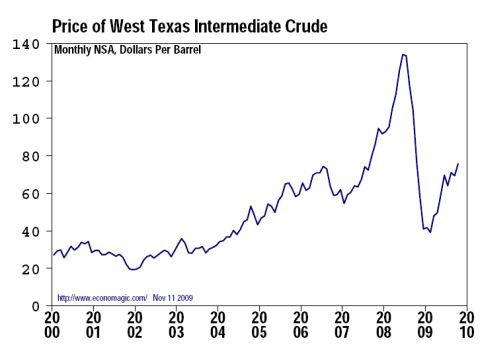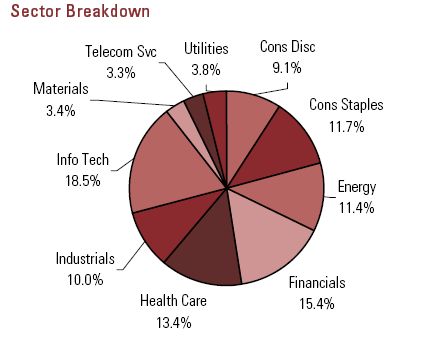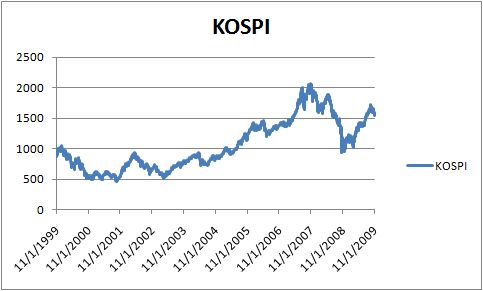SBI Easy Loan scheme is one of the best home loan schemes available to people who want to buy homes in India currently. This is because SBI Home Loan provides promotional home loan interest rates for the first three years of your home loan.
First Year: SBI charges you an interest rate of 8% per annum for the first year for loans up to 30 lacs.
Next Two Years: SBI charges you an interest rate of 9% per annum for the next two years for loans up to 30 lacs.
After third year: After the third year, — you can take a floating or fixed rate. Floating rate will be 2% less than SBAR prevailing at that time. Currently, the SBAR is 12.25% per annum.
If you take a fixed rate, then it will have an interest rate of 1% less than the SBAR prevailing at that time, and shall have a reset frequency of 5 years.
If you are taking a SBI home loan that is greater than 30 lacs, — then you will still pay 8% per annum the first year, but the interest rate for the next two years will be 9.5% per annum.
After the third year, — you can decide whether you want a fixed or floating rate. A floating rate will be 1% below the prevailing SBAR, and a fixed rate will be 0.50% below the SBAR (with a reset frequency of 5 years).
This is one of the better rates available to Indian home loan seekers right now. I couldn’t find a way to show you an easy way of comparing this rate to a flat rate, and see the savings. If anyone knows a way to do this, please let me know.
Photo Credit: TM View



